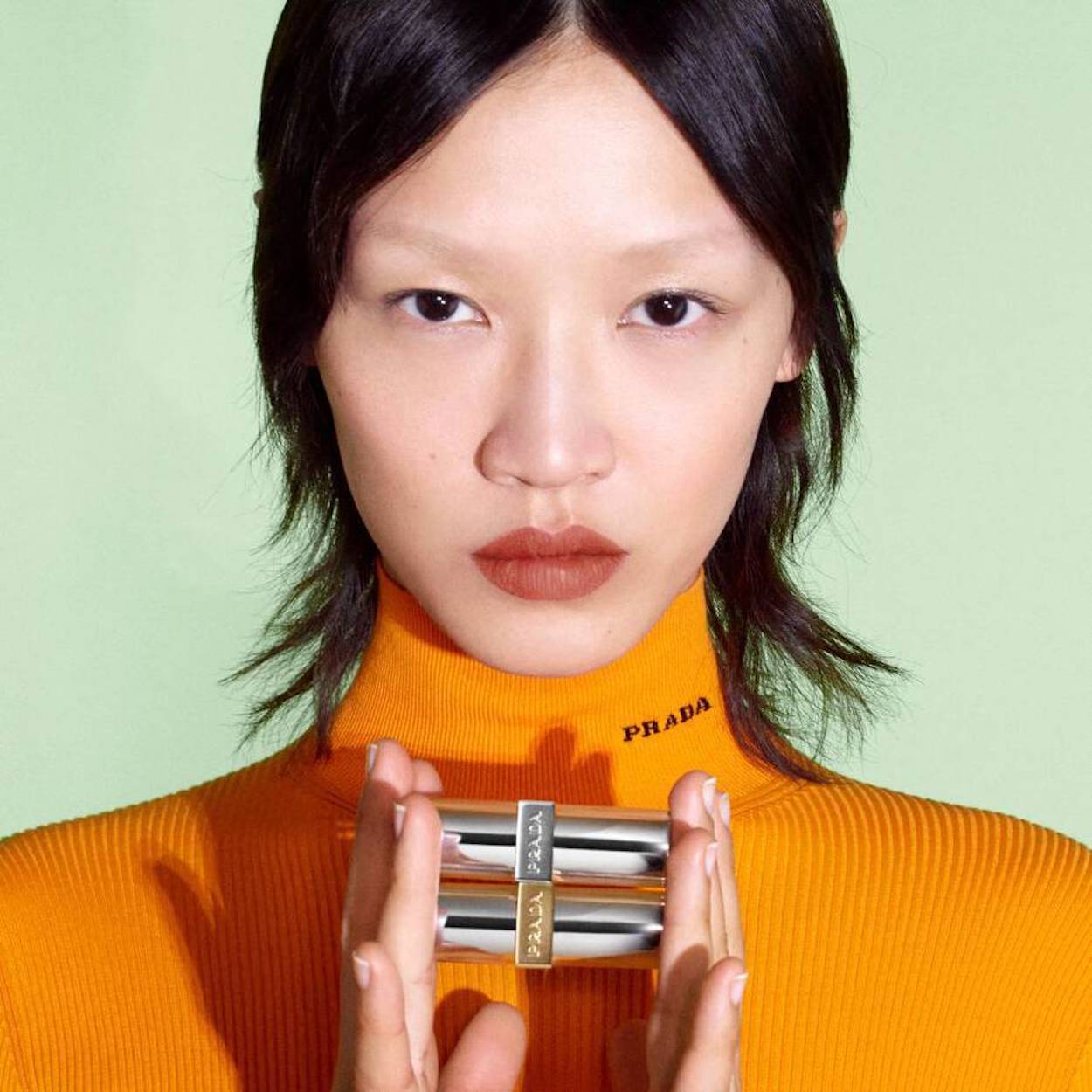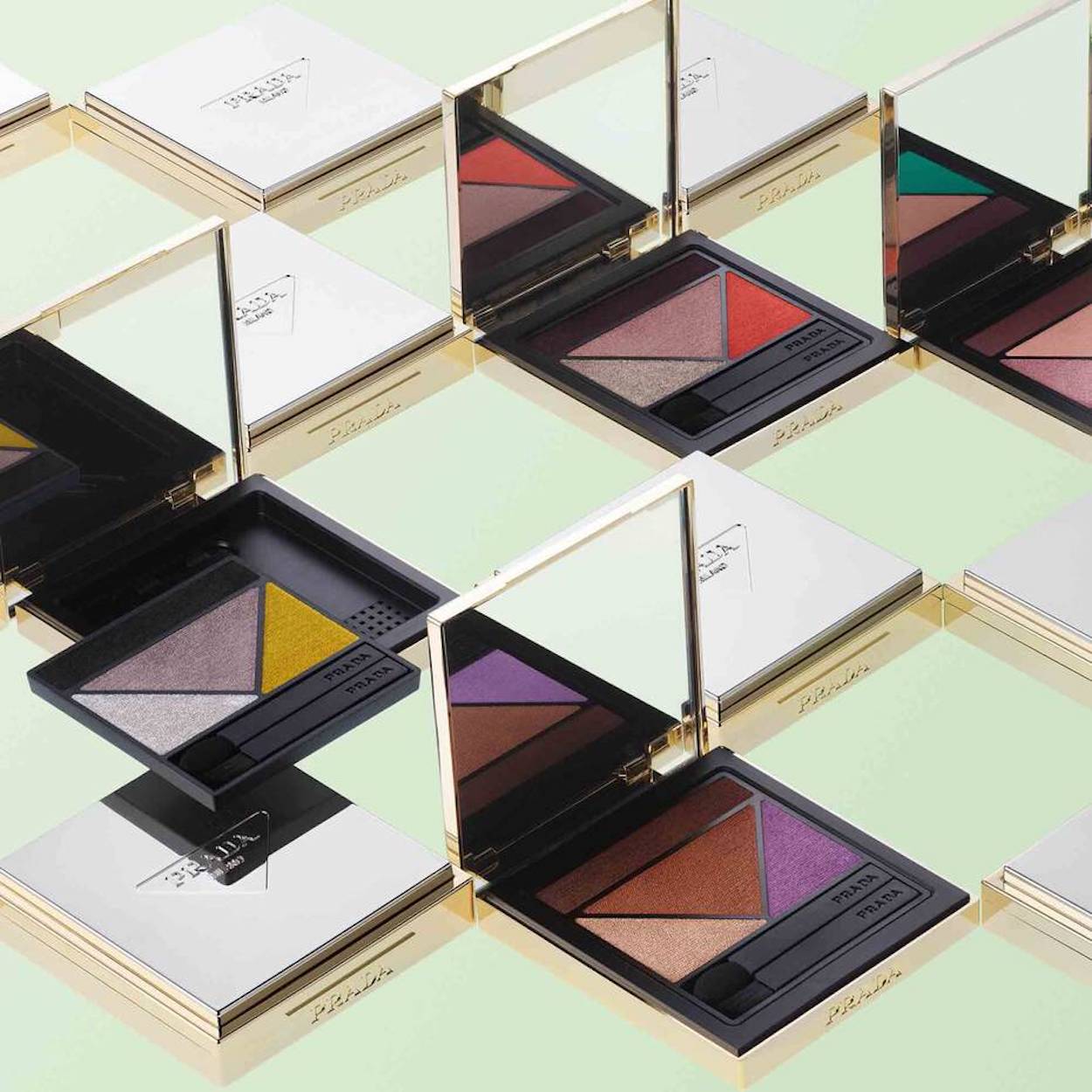Prada’s Candy may be the stuff of fragrance ad legends—Wes Anderson and Roman Coppola even directed a series of shorts for the scent in 2013—but the fashion house has long lagged behind its ilk in branching out to skincare and makeup. This week, the brand finally remedied that by expanding Prada Beauty beyond its stable of fragrances. Giants like L’Oréal to Estée Lauder have leaned on metaverse tie-ins and virtual try-on tech in an attempt to stay relevant and keep up with AR and VR developments, but L’Oréal (which licensed the rights to Prada Beauty two years ago) appears to be experimenting with a more seamless approach.
Ines Alpha was tapped as the Prada Beauty global creative e-makeup artist, working alongside makeup artist Lynsey Alexander to develop virtual avatars on which they created the line’s debut color range. In some cases, Alexander said in a recent interview, Alpha created never-seen-before shades—and possibly created new colors—in her digital-first development process. So far, Prada is keeping the tech tie-ins on the product development side and sparing consumers the annoying nudges to upload their photos and “try on” lipsticks online.
It should come as little surprise that L’Oréal is behind Prada’s digital-first focus. At this year’s CES, the company won an award for HAPTA: a precision lipstick applicator for use by people with limited hand and arm mobility and fine motor control. The company won a second CES award for its AR-guided L’Oréal Brow Magic device. Fragrance brands, meanwhile, have leaned more on AI-driven technologies. Philyra, created by IBM Research and Symrise, can create new fragrances by sifting through existing formulations and raw materials. One of the most promising in the age of climate crisis, Firmenich’s Muse AI can re-engineer formulas that require the use of threatened botanic ingredients.
For Prada, L’Oréal seems to have dialed in the perfect balance between traditional and futuristic. “I would be working with pigments and she would be working with pixels, and through her pixelation she would create something that I hadn’t seen before, that maybe didn’t exist,” Alexander says. “We ended up with these soft matte lipsticks that have a white undertone which makes it look like a white light is shining through them. All the hyper mattes have a black undertone, so that it’s a much deeper, stronger pigment. In that way, it sort of mimics the way a computer works with its cyan, magenta, and yellow tones.”

